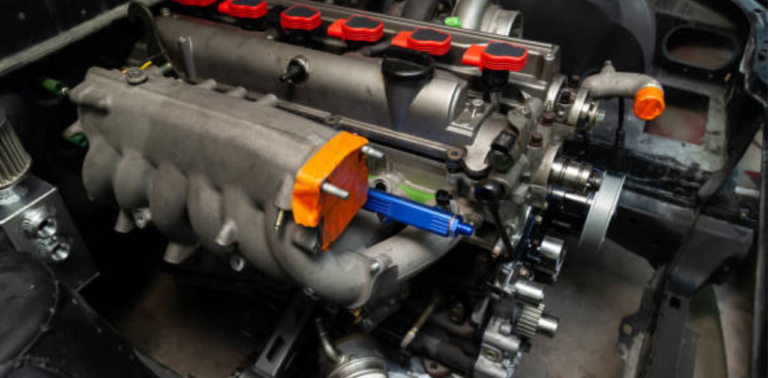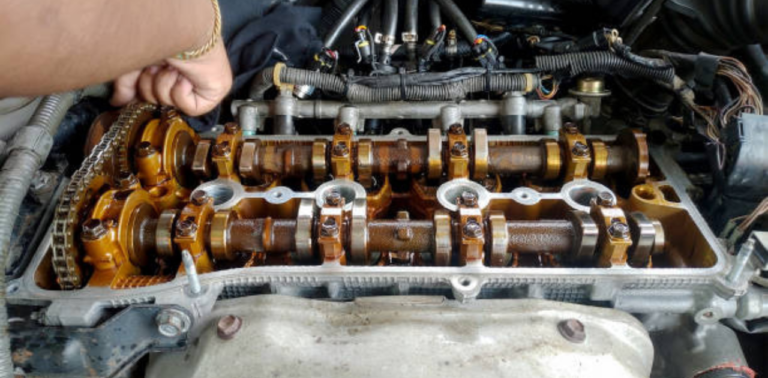What Are The Differences Between 75W85 And 75W90 Gear Oil?
When it comes to maintaining the health and longevity of your vehicle’s transmission, choosing the right gear oil is essential. Among the various options available, the debate between 75W85 and 75W90 transmission oil is often the focus. In this article, we will shed light on the secrets surrounding these two lubricants and provide answers to common questions so that you can make an informed decision for your vehicle. What is Gear Oil? Geared oil, also known as gear lubricants, is a type of oil specially designed for the lubrication and protection of gears in the transmission, transmission, and differential of a vehicle. Unlike motor oil, which was primarily developed for engines, transmission oil is designed to meet the specific requirements of transmission systems. Here are the key functions and characteristics of gear oil: 1. lubrication: The main function of gear oil is to lubricate the gears and bearings in the transmission and differential of a vehicle. The gears are exposed to a high degree of friction and heat during operation, and the gearbox oil helps to reduce this friction and thus prevent wear of the metal components. 2. Cooling: Transmission oil also plays a role in the dissipation of heat generated during the operation of the gears. The continuous interlocking and movement of gears can generate significant heat, and an effective transmission oil helps to drain this heat from critical components, preventing overheating and possible damage. 3. Protection against wear and tear: Gears are exposed to extreme pressures and forces, especially with acceleration, braking, and changes in direction. Transmission oil contains additives that form a protective film on the transmission surfaces, which reduces wear and extends the life of the components. 4. Viscosity and temperature stability: Transmission oil is formulated with a specific viscosity, which is often expressed with numbers such as 75W85 or 75W90. The viscosity of the oil affects its flow properties at different temperatures. The ‘W’ in the viscosity number indicates winter and how well the oil flows at low temperatures. Temperature stability is essential for proper lubrication under both cold and hot operating conditions. 5. Conditioning of seals: Many gear oils contain additives that contribute to the conditioning and maintenance of seals in the transmission and differential. This prevents oil spills and ensures that the lubricant stays where it is needed. 6. Corrosion protection: Transmission oils often contain anti-corrosion additives to protect metal surfaces from rust and corrosion. This is particularly important for gears exposed to harsh environmental conditions. Understand the basics: Before we deal with the differences, we should create a basic understanding of these gear oils. Both 75W85 and 75W90 are multi-range oils designed for lubrication and protection of the complex components of vehicle transmission. The numbers in the names are for the viscosity levels, where the “W” stands for winter fitness. Is it OK to use 75W90 instead of 75W85? One of the most frequently asked questions is whether replacing 75W90 with 75W85 is allowed. These two gear oils are similar but have different viscosity values. The oil 75W90 is somewhat thicker than its counterpart 75W85. It is essential that you know the specifications of your vehicle and the manufacturer’s recommendations. In some cases, the use of 75W90 may be…









